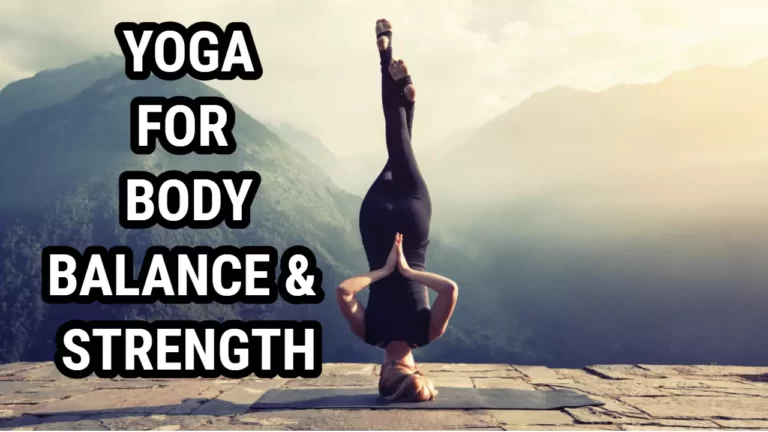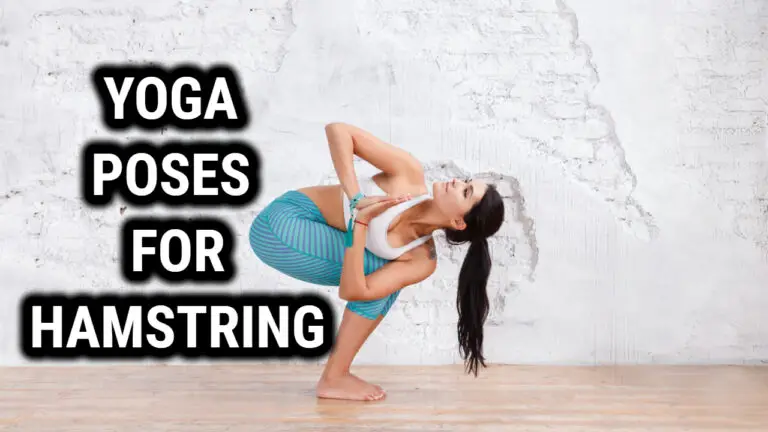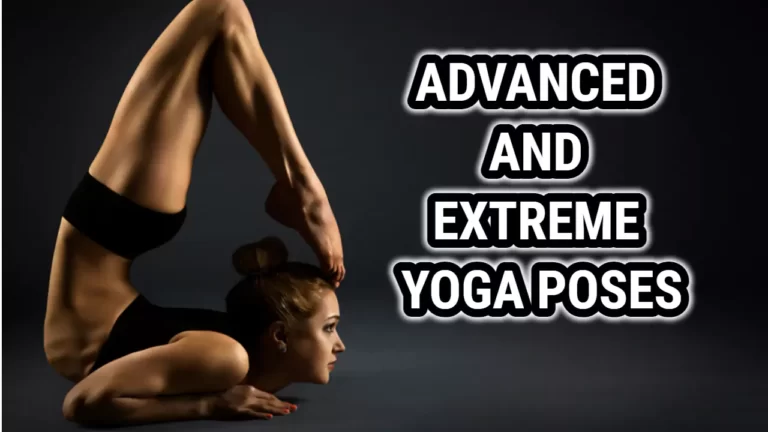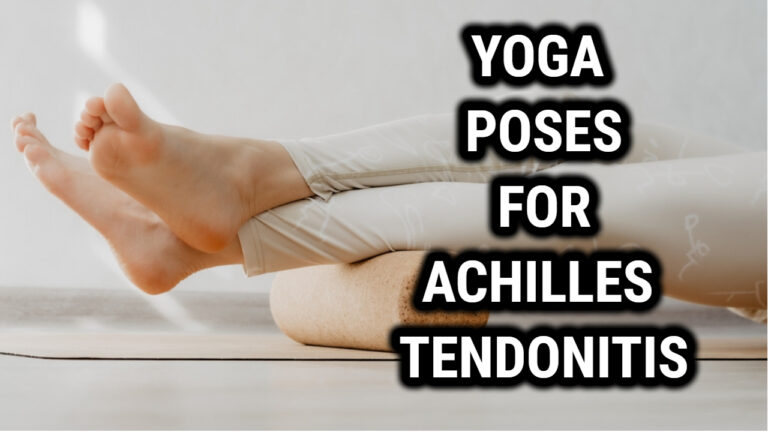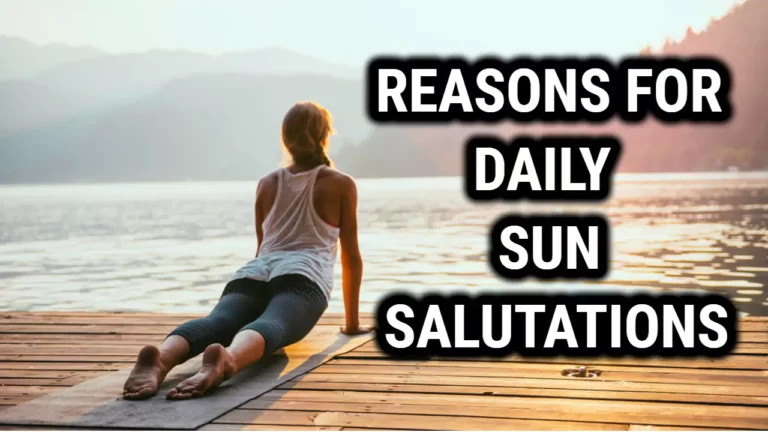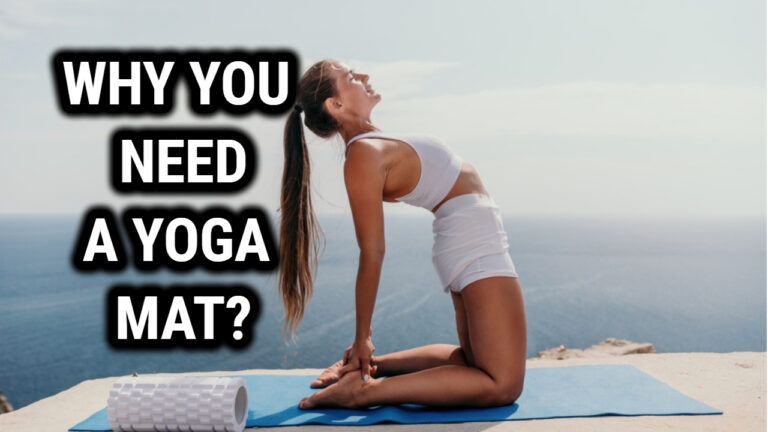Yoga Poses For Anxiety: Relieve Stress and Find Inner Peace

Yoga is an ancient practice that combines physical postures, breathing exercises, and meditation. It has been shown to have numerous benefits for both physical and mental health, including reducing stress and anxiety. In fact, yoga has become increasingly popular as a complementary therapy for anxiety, with many people turning to yoga to help manage their symptoms.
There are many different types of yoga, each with its own unique set of poses and benefits. When it comes to anxiety, certain yoga poses are particularly helpful. These poses can help to calm the mind and body, reduce muscle tension, and promote relaxation. In this article, we will explore some of the best yoga poses for anxiety and how they can be practiced.
Understanding Anxiety
Anxiety is a common mental health condition that affects millions of people worldwide. It is a feeling of unease, such as worry or fear, that can be mild or severe. Anxiety can be triggered by different situations or events and can affect people of all ages, genders, and backgrounds.
What is Anxiety?
Anxiety is a natural response to stress or danger, and it can be helpful in some situations. However, when anxiety becomes excessive or chronic, it can interfere with daily activities and quality of life. Anxiety disorders are a group of mental health conditions characterized by persistent, excessive, and unrealistic worry or fear about everyday situations.
There are different types of anxiety disorders, including generalized anxiety disorder, panic disorder, social anxiety disorder, and specific phobias. Each type of anxiety disorder has its own set of symptoms and treatment options.
Symptoms of Anxiety
The symptoms of anxiety can vary from person to person and can be physical, emotional, or behavioral. Some common symptoms of anxiety include:
- Feeling restless or on edge
- Difficulty concentrating
- Irritability
- Muscle tension or aches
- Fatigue
- Trouble sleeping
- Panic attacks
- Avoiding social situations
- Excessive worry or fear
It is essential to seek professional help if anxiety symptoms interfere with daily activities or quality of life. Treatment options for anxiety disorders include therapy, medication, and lifestyle changes, such as exercise, relaxation techniques, and yoga.
How Yoga Can Help
Yoga is a practice that originated in ancient India and has been used for centuries to promote physical, mental, and spiritual well-being. It involves a combination of physical postures, breathing techniques, and meditation. Yoga has been shown to be an effective tool for managing anxiety and stress.
Benefits of Yoga for Anxiety
Yoga can help individuals with anxiety in several ways. Firstly, it promotes relaxation and reduces stress levels. Stress and anxiety are closely related, and when stress levels are high, anxiety levels tend to increase as well. Yoga helps to lower stress levels by calming the mind and body.
Additionally, yoga can help individuals with anxiety to become more aware of their thoughts and emotions. This increased awareness can help them to identify triggers for their anxiety and develop coping strategies.
Finally, yoga can improve overall physical health, which can have a positive impact on mental health. Regular yoga practice can help to reduce inflammation in the body, improve sleep quality, and boost the immune system.
Science Behind Yoga and Anxiety
Research has shown that yoga can be an effective tool for managing anxiety. A study published in the Journal of Clinical Psychology found that yoga was effective in reducing symptoms of anxiety in individuals with generalized anxiety disorder. Another study published in the Journal of Alternative and Complementary Medicine found that yoga was effective in reducing symptoms of anxiety and depression in individuals with post-traumatic stress disorder.
The science behind why yoga is effective for anxiety is still being studied, but researchers believe that it may be due to the effects of yoga on the nervous system. Yoga has been shown to activate the parasympathetic nervous system, which is responsible for the body’s rest and digest response. This activation can help to reduce anxiety and promote relaxation.
Yoga Poses for Anxiety
Practicing yoga can help reduce anxiety and promote relaxation. Here are some yoga poses that can help alleviate anxiety:
Child’s Pose
Child’s Pose is a gentle resting pose that can help calm the mind and relieve stress. To perform this pose:
- Kneel on the floor with your big toes touching and your knees hip-width apart.
- Lower your hips back towards your heels and stretch your arms forward.
- Rest your forehead on the floor and breathe deeply.
Cat-Cow Stretch
The Cat-Cow Stretch can help release tension in the spine and promote relaxation. To perform this pose:
- Start on your hands and knees with your wrists directly under your shoulders and your knees under your hips.
- As you inhale, arch your back and lift your head and tailbone towards the ceiling (Cow Pose).
- As you exhale, round your spine and tuck your chin towards your chest (Cat Pose).
- Repeat for several breaths.
Downward-Facing Dog
Downward-Facing Dog is a popular yoga pose that can help calm the mind and relieve stress. To perform this pose:
- Start on your hands and knees with your wrists directly under your shoulders and your knees under your hips.
- Lift your hips up and back, straightening your arms and legs to form an inverted V-shape.
- Press your hands and feet into the ground and breathe deeply.
Standing Forward Bend
Standing Forward Bend is a calming pose that can help release tension in the neck and shoulders. To perform this pose:
- Stand with your feet hip-width apart and fold forward from your hips.
- Let your head and neck relax and breathe deeply.
- You can bend your knees if necessary.
Bridge Pose
Bridge Pose is a gentle backbend that can help relieve stress and anxiety. To perform this pose:
- Lie on your back with your knees bent and your feet flat on the floor.
- Lift your hips up towards the ceiling, pressing your feet and arms into the ground.
- Breathe deeply and hold the pose for several breaths.
Corpse Pose
Corpse Pose is a relaxation pose that can help calm the mind and body. To perform this pose:
- Lie on your back with your arms and legs relaxed.
- Breathe deeply and allow your body to sink into the ground.
- Stay in this pose for several minutes.
Breathing Techniques
Yoga breathing techniques, known as pranayama, can help reduce anxiety and promote relaxation. By focusing on the breath, the mind can become more calm and centered. Here are two breathing techniques that can be helpful for anxiety:
Deep Breathing
Deep breathing is a simple and effective technique that can be done anywhere. To practice deep breathing:
- Sit or lie down in a comfortable position.
- Place one hand on the belly and the other on the chest.
- Take a slow, deep breath in through the nose, filling the belly with air.
- Exhale slowly through the mouth, emptying the lungs completely.
- Repeat for several minutes, focusing on the sensation of the breath moving in and out of the body.
Alternate Nostril Breathing
Alternate nostril breathing is a more advanced breathing technique that can help balance the nervous system and calm the mind. To practice alternate nostril breathing:
- Sit in a comfortable position with the spine straight.
- Place the right hand in front of the face and fold the index and middle fingers down towards the palm.
- Close the right nostril with the thumb and inhale through the left nostril for a count of four.
- Close the left nostril with the ring finger and little finger, and hold the breath for a count of four.
- Release the right nostril and exhale for a count of four.
- Inhale through the right nostril for a count of four.
- Close the right nostril and hold the breath for a count of four.
- Release the left nostril and exhale for a count of four.
- Repeat for several rounds, alternating nostrils with each inhale.
It is important to practice pranayama under the guidance of a qualified yoga teacher, especially if you are new to yoga or have any health concerns.
Conclusion
Yoga is an effective way to manage anxiety symptoms. Practicing yoga regularly can help reduce stress, calm the mind, and improve overall well-being. By incorporating yoga poses into a daily routine, individuals can develop a greater sense of self-awareness and mindfulness, which can lead to a more positive outlook on life.
It is important to note that yoga should not be used as a substitute for professional medical treatment. Individuals with severe anxiety or other mental health conditions should seek guidance from a healthcare provider before starting a yoga practice.
When practicing yoga for anxiety, it is important to listen to your body and go at your own pace. It may take time to find the right poses and breathing techniques that work best for you. Remember to be patient and kind to yourself throughout the process.
Overall, incorporating yoga into a daily routine can be a helpful tool for managing anxiety symptoms. By focusing on the present moment and connecting with the breath, individuals can develop a greater sense of peace and calm in their lives.
